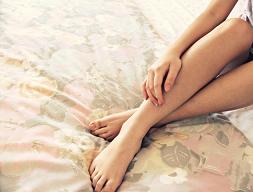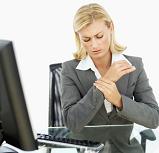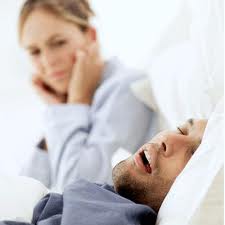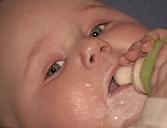Restless Leg Syndrome Causes, Signs & Symptoms, and Treatment
posted by: Rio Dianne
 Picture this, you’re about to sleep at night and you have that feeling where there is a need for you to move you legs because there is pain in legs. Moreover, it is associated with itching and tingling legs. If this is so, you might be suffering from a sleep disorder known as restless legs syndrome (RLS).
Picture this, you’re about to sleep at night and you have that feeling where there is a need for you to move you legs because there is pain in legs. Moreover, it is associated with itching and tingling legs. If this is so, you might be suffering from a sleep disorder known as restless legs syndrome (RLS).
Apparently, the condition is one of the most common causes why leg pain is experienced at night. Luckily, the symptoms are highly manageable provided that you perform some measures on how to ease the unpleasant sensations. With this, let’s take a look deeper at restless leg syndrome causes, signs and symptoms, and treatment by reading the rest of the article below.
What Causes RLS?
The syndrome is more commonly seen in middle-aged to older adults compared in children. While the exact cause is unknown, there are a number of risk factors known to produce the symptoms. Some of them are:
- Familial history
- Stress
- Parkinson’s disease
- Peripheral neuropathy
- Chronic kidney disease
- Pregnancy
- Iron and Magnesium deficiency
- Aspartame toxicity
- Use of certain drugs such as Wellbutrin, Lexapro, Prozac, Bendaryl, etc.
- Caffeine and alcohol intake and smoking
RLS Signs and Symptoms
The symptoms are usually experienced early in the evening or later at night. The lower legs are the most commonly affected in the condition although symptoms of aching, tingling, pulling, and creeping sensation may be felt in the upper leg or feet as well.
Oftentimes, the pain lasts for more than an hour, and it is only relieved when walking or feeling the urge to move the legs. There are also instances when periodic limb movement disorder (PLMD) is experienced when sleeping.
How to Treat Restless Leg Syndrome
There is no specific cure for the condition. Instead, the goal of treatment revolves around eliminating the unpleasant symptoms through medication use and home remedies.
Medication- wise, doses of pramipexole (Mirapex) and ropinirole (Requip) may be given to manage the symptoms. However, medication use is solely dependent on your physician, and oftentimes they come with side effects such as headache, nausea, and daytime sleepiness. Anti-inflammatory drugs and painkillers can also be taken to provide relief from the aches brought by the problem.
Natural Cure for RLS
Self-help care and other lifestyle modification can also be used as alternative remedy on how to to seek relief from the problem. Below are some you can do:
- Hot baths
- Massage and acupuncture
- Exercise like walking and jogging (seek advise from your doctor if you are in your early pregnancy)
- Compression socks to put pressure on the site
- Elevating the legs
- Lose weight
- Limit alcohol and caffeine intake and avoid smoking
- Modify diet by filling in deficiency such as iron, magnesium, and Vitamin B
Finally, herbal remedies have also been surfacing the market which promises to help you relieve your symptoms. However, make sure that you research on the products thoroughly to prevent aggravating or worsening of the symptoms.
You might also like
|
|
|
|
|




